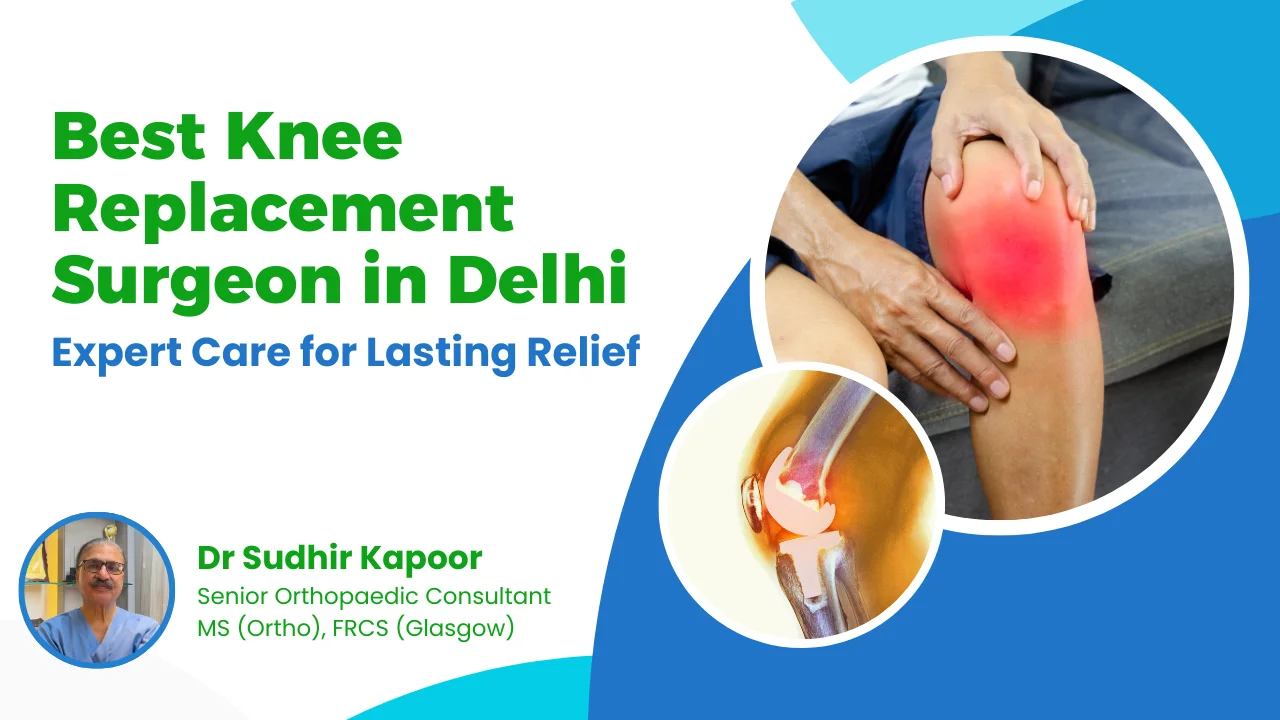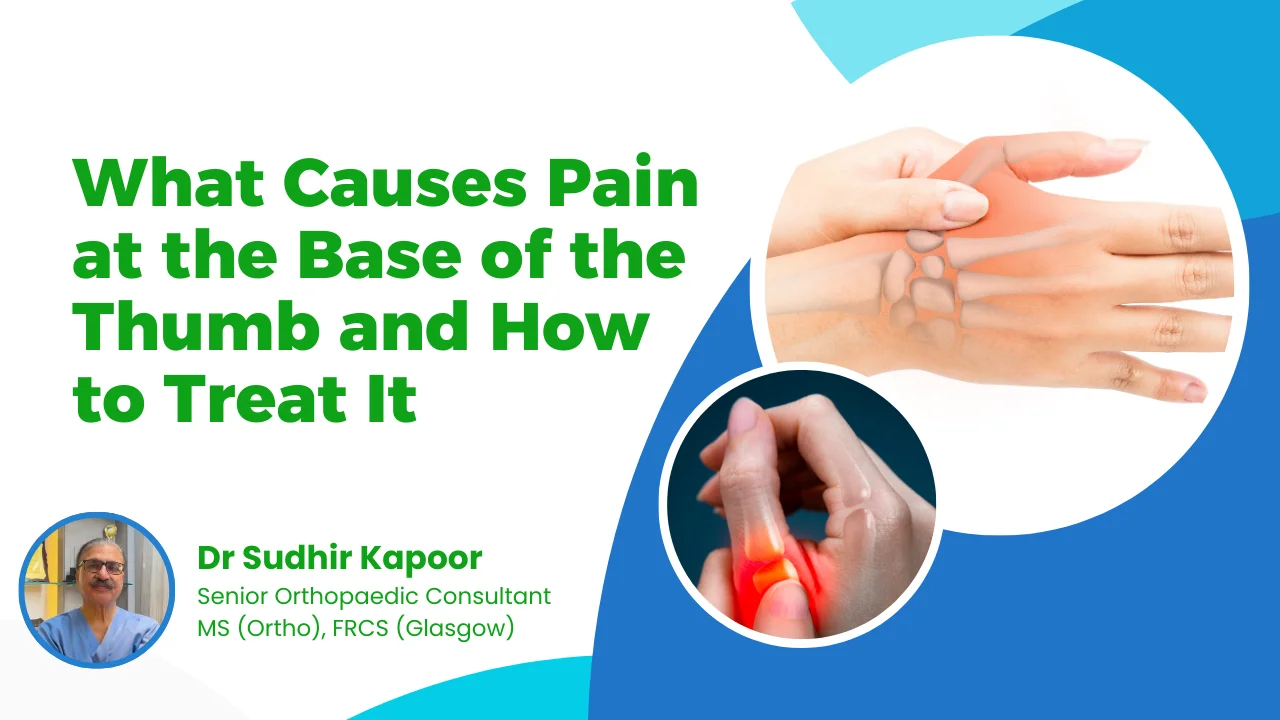Thumb arthritis, also known as basal joint arthritis or carpometacarpal (CMC) arthritis, is a common condition that affects the joint at the base of the thumb. This degenerative joint disease can cause significant pain and limit the functionality of the hand, making daily tasks challenging. Understanding the causes, symptoms, and management strategies for thumb arthritis can help you maintain an active and fulfilling life.
What Causes Thumb Arthritis?

The primary cause of thumb arthritis is the wear and tear of the cartilage in the CMC joint over time. Several factors can contribute to the development of this condition:
- Age: As people age, the cartilage in the joints naturally wears down, increasing the risk of arthritis.
- Genetics: A family history of arthritis can predispose individuals to developing thumb arthritis.
- Overuse: Repetitive hand motions, such as gripping, pinching, or using hand tools, can lead to stress on the thumb joint and accelerate cartilage wear.
- Injury: Previous injuries to the thumb, such as fractures or dislocations, can lead to joint degeneration and increase the risk of arthritis.
- Medical Conditions: Conditions like rheumatoid arthritis or gout can also contribute to the development of thumb arthritis.
Symptoms of Thumb Arthritis
Recognizing the symptoms of thumb arthritis early can help in effective management. Common symptoms include:
- Pain at the base of the thumb: This pain may worsen with gripping or pinching activities.
- Swelling and tenderness: The joint may appear swollen and feel tender to the touch.
- Stiffness: Many individuals experience stiffness in the thumb joint, especially after periods of inactivity.
- Reduced range of motion: Difficulty in moving the thumb, particularly when attempting to grasp objects.
- Bone spurs: In advanced cases, bony growths may develop around the joint, leading to further discomfort and loss of motion.
Effective Management Strategies for Thumb Arthritis
Managing thumb arthritis involves a combination of lifestyle changes, physical therapy, and medical interventions. Here are some effective strategies to consider:
1. Lifestyle Modifications
- Activity Modification: Avoid activities that exacerbate pain, and seek alternative methods for tasks that require gripping or pinching.
- Assistive Devices: Using tools designed to reduce strain on the thumb, such as jar openers or ergonomic utensils, can help alleviate discomfort.
2. Physical Therapy
- Stretching and Strengthening Exercises: A physical therapist can design a personalized exercise program to improve flexibility and strengthen the muscles around the thumb joint.
- Hot and Cold Therapy: Alternating between heat and cold packs can help manage pain and reduce inflammation.
3. Medications
- Over-the-Counter Pain Relievers: Nonsteroidal anti-inflammatory drugs (NSAIDs), like ibuprofen or naproxen, can help reduce pain and inflammation.
- Corticosteroid Injections: In cases of severe pain, your doctor may recommend corticosteroid injections to provide temporary relief.
4. Splinting
- Thumb Splints: Wearing a splint can help stabilize the joint, limit movement, and alleviate pain during activities.
5. Surgical Options
If conservative treatments do not provide adequate relief, surgical options may be considered. Common procedures include:
- Trapeziectomy: This surgery involves removing the trapezium bone at the base of the thumb, which can relieve pain and restore function.
- Joint Fusion: In severe cases, the joint may be fused to eliminate pain completely, although this may limit thumb mobility.
Consulting a Specialist
If you suspect you have thumb arthritis or are experiencing symptoms, it is essential to consult a healthcare professional. Dr. Sudhir Kapoor, a renowned Orthopaedic surgeon in Delhi, specializes in treating joint pain and arthritis. With over 40 years of experience and a compassionate approach to patient care, he can provide personalized treatment plans to help manage your symptoms effectively.
Conclusion
Thumb arthritis can significantly impact your quality of life, but understanding its causes and symptoms can empower you to seek appropriate treatment. Whether through lifestyle modifications, physical therapy, or medical interventions, effective management strategies are available. If you are struggling with thumb arthritis, consider consulting an expert like Dr. Sudhir Kapoor to discuss your options and take the first step towards relief.





